Gannawarra Shire Council has a legislated role in emergency management and works closely with emergency services and a number of groups and organisations to assist the community during the response and recovery phases of an emergency event.
Emergency events include, but are not limited to:
- Fire
- Flood
- Storm
- Heat wave
- Influenza Pandemic
Download the Victorian Government's Insure it. It's worth it guide(PDF, 2MB)
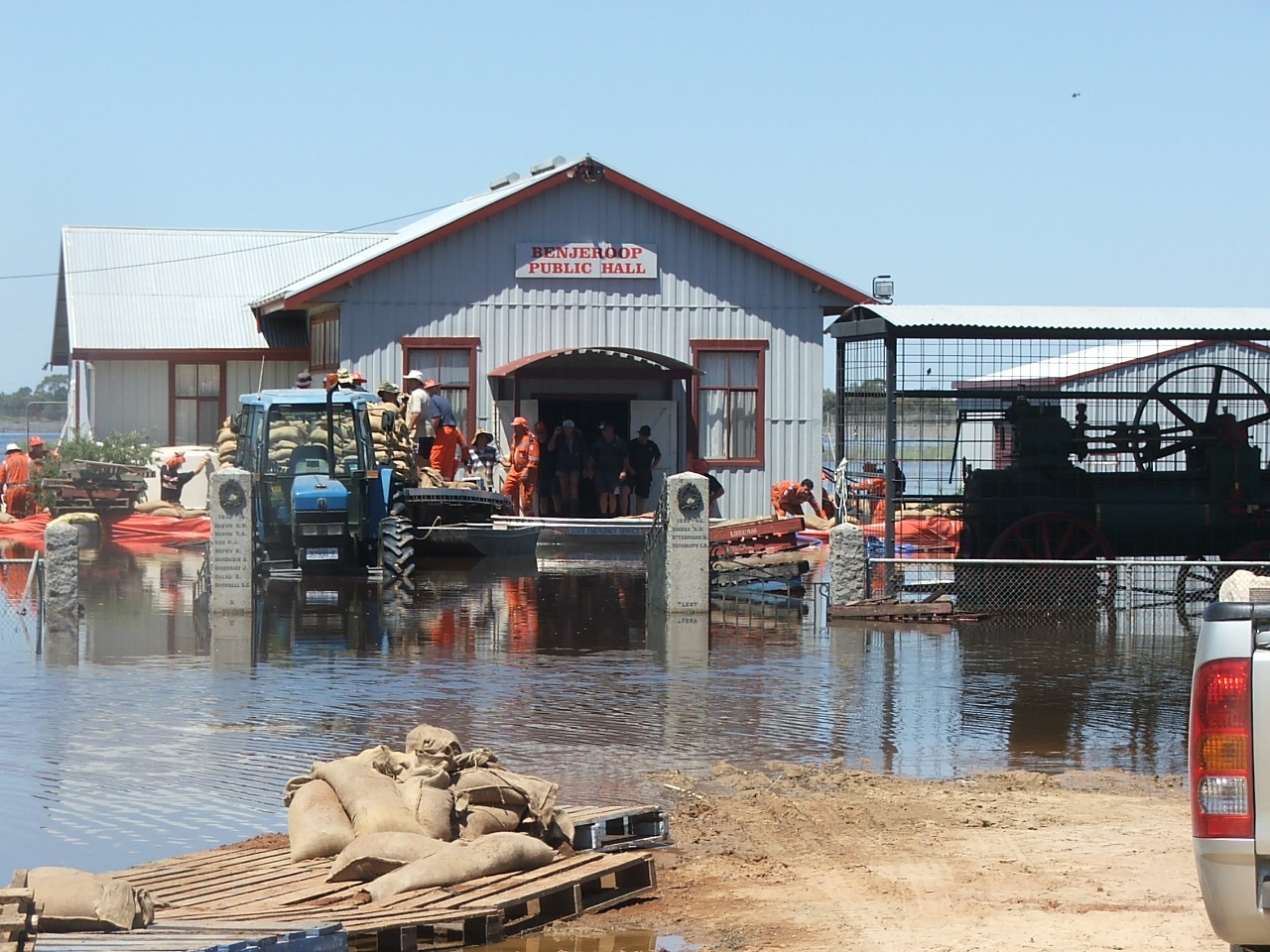
ABOVE: The Benjeroop Hall during the 2011 floods.
Council has appointed a Municipal Emergency Management Planning Committee (MEMPC), which consists of representatives from Victoria Police, VICSES, CFA, Red Cross, Department Health and Human Services, Ambulance Victoria, DEDJTR and Council.
The MEMPC has prepared (and regularly meets to review) a plan (called the Municipal Emergency Management Plan or MEMP) which documents arrangements relating to planning for, preventing, responding to and recovering from emergency events.
In addition to the MEMPC, a number of other committees plan for specific emergency risks relating to the Gannawarra Shire and prepare and review sub plans that document arrangements specific to each particular risk.
Before an emergency
Before an emergency, Council:
- facilitates regular scheduled meetings of the MEMPC and other related committees to review emergency management related plans and arrangements, identify and review risks, update contact lists etc
- trains staff to undertake a number of emergency management related roles
- tests capacity to undertake a number of emergency management related functions and roles
- monitors compliance with a range of Acts and Regulations.
During an emergency
During an emergency, Council:
- may provide access to Council resources when requested by emergency service personnel or Victoria Police (items of plant, traffic signs etc)
- sets up and operates an Emergency Relief Centre, when requested to do so, for people who have evacuated or are unable to access their homes and have nowhere else to go.
After an emergency
Recovering from an emergency is a complex process that may take months, even years.
The recovery process is co-ordinated by Council and includes the reconstruction of physical infrastructure and restoration of the emotional, economic and physical well-being of the community.
During an emergency, Council relies on its trained staff and established volunteer-based organisations that can support and coordinate their own volunteers for relief and recovery efforts.
To access information on becoming a trained emergency services volunteer visit the Volunteering in an Emergency section of Victoria's Volunteering Portal.
To access information on making a cash donation to an official appeal or registered charity visit the Donations and Fundraising section of Victoria's Volunteering Portal.

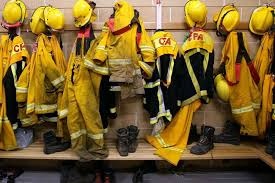
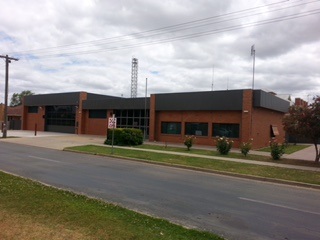

It's important all residents are aware of their fire prevention responsibilities and know what to do in case of a grassfire or bushfire.
You should know:
- where to get up to date fire information
- the current fire restrictions
- how to be fire ready
- fire prevention measures.
Fire Danger Period
The Fire Danger Period is declared by the Country Fire Authority and can vary from one region to another.
The Fire Danger Period is not the same as a Total Fire Ban, but it does include restrictions. For example, there are restrictions on:
- fires in the open air
- welding and grinding
- using heavy equipment.
Further information on fire danger period restrictions is available from the Warnings and Restrictions section of the CFA website.
Fire Danger Ratings
The Fire Danger Rating tells you how dangerous a fire would be if one started.
Schools, kindergartens and licensed child care centres that have been identified as being at high risk and on the Education and Training Department's At-Risk Register will close on days declared to have a Catastrophic fire risk.
Providing staff are available, all remaining Council services will continue to operate.
For more information, please click here.
Total Fire Ban days
Total Fire Ban days are declared by the Country Fire Authority on days when fires are likely to spread and be difficult to control. The Gannawarra Shire is within the Mallee Total Fire Ban District.
Find out about total fire ban day restrictions that could affect you from the Warnings and Restrictions section of the CFA website.
Municipal Fire Management Plan
The Gannawarra Shire Council Municipal Fire Management Planning Committee (MFMPC) has prepared a task focussed plan encompassing management of risks and vulnerabilities, reduction of the likelihood and consequence of fire hazards within our communities and works programs for the management of fires, including hazard removal and fuel management.
To view the latest version of the Municipal Fire Management Plan, please click here.
Neighbourhood Safer Places (NSPs)
A Neighbourhood Safer Place - Place of Last Resort is somewhere you can go when all of your other bushfire plans have failed. These places do not guarantee your safety and no services are provided for people or pets.
In the Gannawarra Shire, Neighbourhood Safer Places are located at:
- Koondrook Football Oval, Penglase Street (opposite Reserve Street) Koondrook
- Murrabit Football Oval, Browning Avenue (opposite Danson Street) Murrabit
- Alexandra Park/Kerang Racecourse, Kerang-Koondrook Road (entry also off Park Road) Kerang
- Cohuna Secondary College Oval, Murray Valley Highway Cohuna
Prepare yourself and your property for fire
Property Inspections
It is your responsibility to ensure that your property is fire ready. In the lead up to the declared fire danger period, Council's Fire Prevention Officers inspect township properties to ensure private land is kept free of undergrowth, weeds, tall grass etc and any flammable materials, substances and/or waste which presents a fire hazard.
If we identify a fire hazard on your property:
- we will issue you with a Notice to Comply outlining the work you need to do and by what date
- your property will be re-inspected to ensure the fire hazard has been removed
- if you do not comply with the notice you may be charged a fine (currently 20 penalty units) plus any costs incurred by Council to complete the works.
Prepare your property
You can reduce the damage to your home caused by a bushfire or grassfire by taking the time to prepare your property well before the fire season starts.
Clearing grass and vegetation - 10 ways to make sure you are fire ready:
- Slash grass and keep it less than 75m high
- Rake up and remove dry grass, leaves, twigs and loose bark
- Remove any rubbish or material that is likely to cause, maintain or promote a fire
- Store flammable liquids well away from the house
- Store woodpiles away from the house
- Place metal flyscreens or window shutters over windows
- Keep gutters clean of leaf litter
- Remove all noxious weeds from your land
- Face LPG cylinders vent pipe away from the house and store securely in an upright position
- Prepare your bushfire survival plan.
Get information about how to prepare your property, or download a copy of the CFA Fire Ready Kit and Bushfire Plan from the Plan and Prepare section of the CFA website .
Bushfire information
The Victorian Bushfire Information Line (VBIL) - 1800 240 667 provides 24-hour information during major bushfire incidents. Throughout the year, VBIL also offers bushfire preparation advice. Note: This is a National Relay Service friendly line.
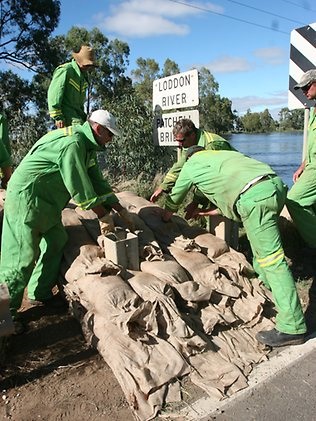
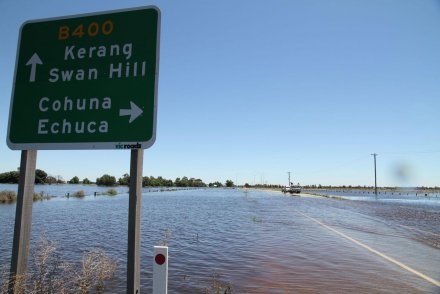
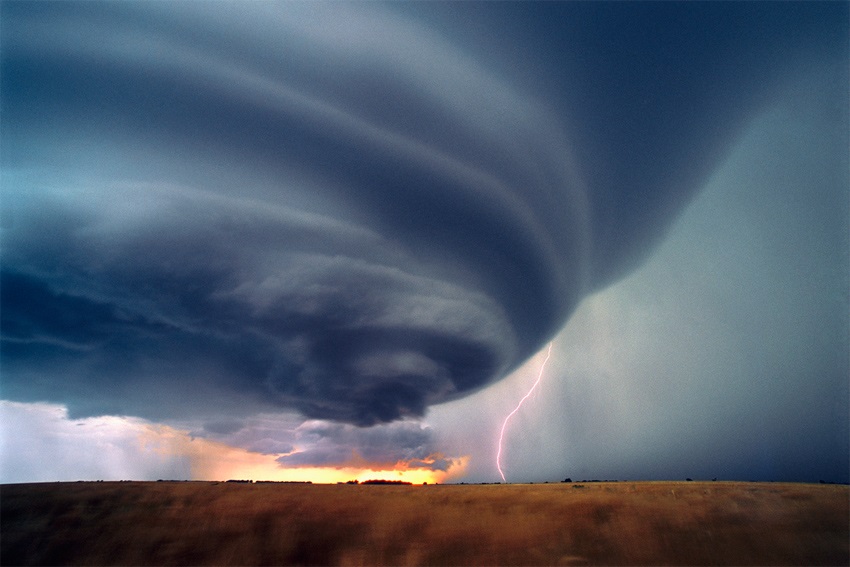
During heavy rainfall events and when rivers are high, it is important to observe all warnings and road closures.
Never drive, ride or walk through flood water. A 'road closed' or a 'road flooded' sign means the road is unsafe to travel on.
It is also important to be aware of any closures to roads and amenities across the region, while observing all safety signs and remaining vigilant as conditions can change rapidly.
Flood planning
The Gannawarra Flood Planning Committee has prepared a Municipal Flood Emergency Plan (the MFEP) detailing agreed arrangements for planning, preparedness/prevention, response and recovery from flood incidents within the Gannawarra Shire.
The VICSES website contains Gannawarra Shire specific flood information including local flood guides for Kerang, Quambatook and Murrabit and the MFEP.
Key Information
Extreme heat or heatwave is a period of unusual and uncomfortable hot weather that could negatively affect human health. Extreme heat can also affect community infrastructure (such as power supply and public transport) and other services. Extreme heat can affect everyone, however some people are more vulnerable.
Know the effects of extreme heat, who is at risk and how you can prepare yourself and others. If you think someone is suffering from a heat related illness call NURSE-ON-CALL on 1300 60 60 24 for 24-hour health advice or see your doctor if you think you are unwell. In an emergency, always call Triple Zero (000).
When the heat hits:
- Drink water: Even if you don't feel thirsty, drink water. Take a bottle of water with you always
- Hot cars kill: Never leave kids, adults or pets in hot cars. The temperature inside a parked car can double within minutes
- Keep cool: Seek out air-conditioned buildings, draw your blinds, use a fan, take a cool shower and dress in light and loose clothing made from natural fabrics
- Plan ahead: Schedule activities in the coolest part of the day and avoid exercising in the heat. If you must go out, wear a hat and sunscreen and take a bottle of water with you
- Help others: Look after those most at risk in the heat - your neighbour living alone, the elderly, the young, people with a medical condition and don't forget your pets.
For Information on surviving the heat this summer visit the Department of Health and Human Services and Better Health Channel websites.
Information on preparing for power outages is available by clicking here.
Gannawarra Shire Council, as part of its emergency management planning, has developed a Heat Health Plan outlining the internal operation of the Gannawarra Shire during a heatwave as well as public health information and community support.
Heat health alerts
Heat health alerts notify organisations, groups and individuals of forecast extreme heat or heatwaves that are likely to negatively affect human health.
Visit the Department of Health and Human Services website to check if a heat health alert has been issued in our area, or to subscribe to heat health alerts.
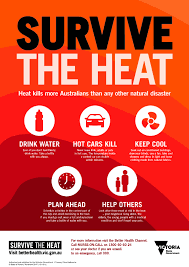
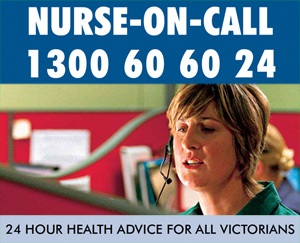
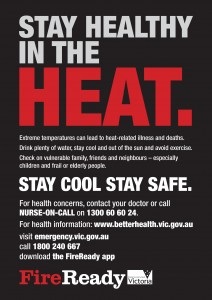
An influenza pandemic occurs when a highly infectious new strain emerges for which humans have little or no immunity. History has shown that pandemics tend to occur every 10-50 years.
There are international, national and state planning mechanisms to prepare for influenza pandemics and deal with them when they emerge.
Visit the Department of Human Health and Services website for more information on Influenza Pandemic planning.
Gannawarra Shire Council, as part of its emergency management planning, has developed an Influenza Pandemic Plan to assist in dealing with an influenza pandemic emergency.
Follow VicEmergency on Facebook and Twitter for real-time warning notifications
Download the VicEmergency App
Access the Vic Emergency website
Call the VicEmergency Hotline on 1800 226 226
Tune in Victoria’s TV (including SkyNews) and radio emergency broadcasters (coverage areas can be downloaded via the Emergency Management Victoria website).
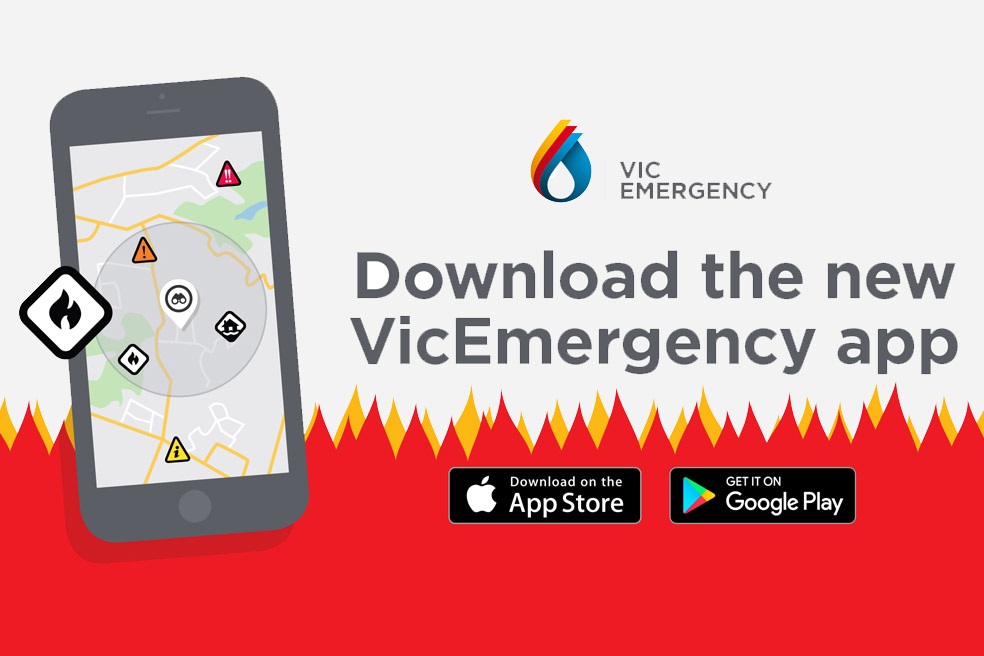
Tips on how to keep connected during emergencies is available from the Telstra website.